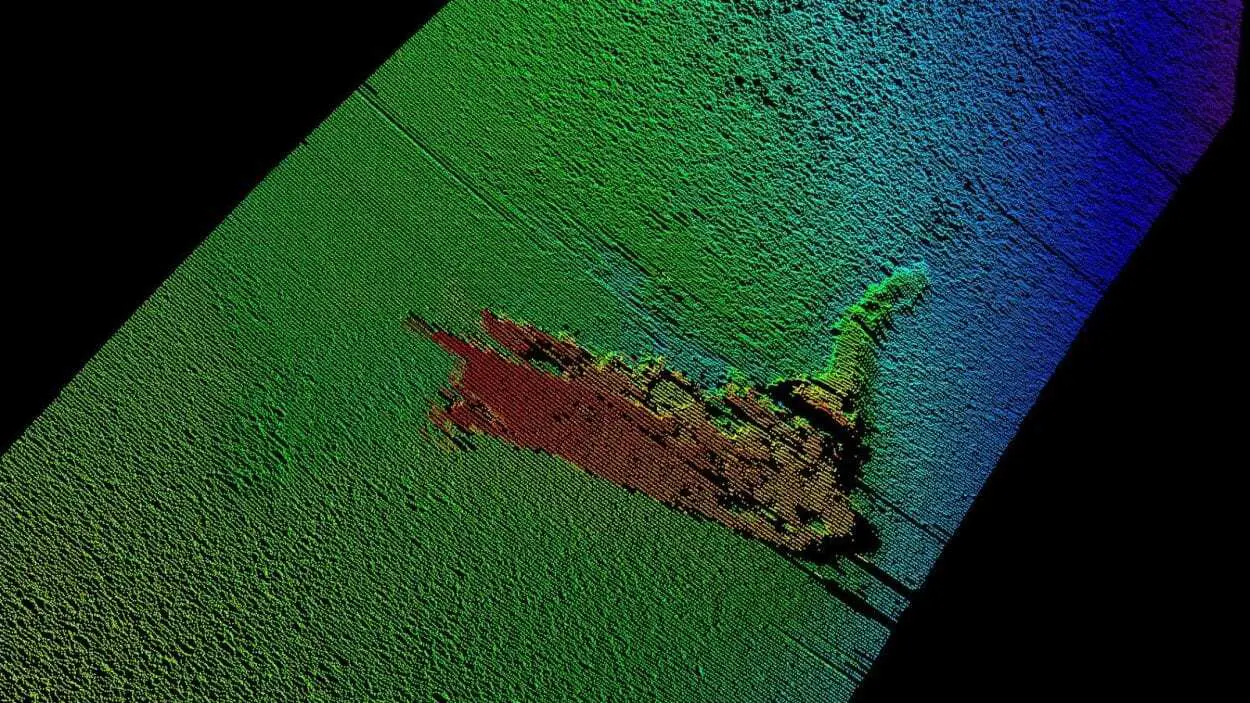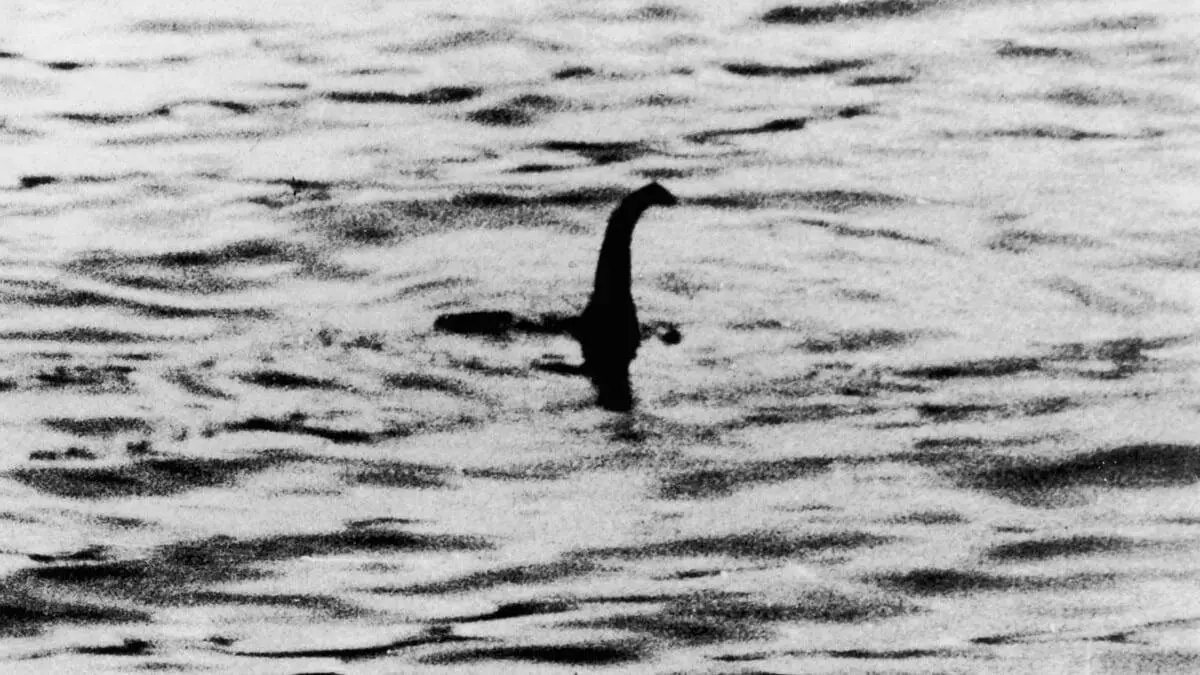The Loch Ness Monster, or Nessie is said to inhabit Loch Ness in the Scottish Highlands, and was first brought to worldwide attention in 1933 after an article in the Inverness Courier.
Loch Ness is one of the largest bodies of freshwater in the British Isles, containing more water than all the lakes in England and Wales combined, covering an area of 22 square miles and reaching a depth of 230 metres of 126 fathoms.
The earliest supposed mention of a monster is noted in the sixth-century text, the Life of St. Columba by Adamnán, an abbot of Iona Abbey who mentions a man swimming in a river near Loch Ness when he’s attacked by a “water creature” and dragged underwater.
Over the years, various sightings of the monster continued, such as the “surgeon’s photograph” (reportedly the first photo of the creature’s head and neck which would later be determined as a hoax) and sonar scans that detected an unidentified object in the depths of the loch.
The prospect of a monster associated with kelpie legends, or the last remnants of a forgotten dinosaur inspired the production of the 1970’s movie, the Private Life of Sherlock Holmes starring Sir Robert Stephens and Sir Christopher Lee.

In the movie, Sherlock (Sir Robert Stephens) is searching for a missing engineer, which leads him to a castle in Scotland where he apparently sights the Loch Ness monster. Sherlock discovers that the monster was a pre-World War I submarine disguised as the Lochness Monster for the British Navy, which his brother Mycroft (Christopher Lee) is involved in building. Mycroft informs Sherlock that the Germans have been sent to steal the submarine but is commanded by Queen Victoria to destroy the new weapon.
For the movie production, a 9-metre model of the Loch Ness Monster consisting of a neck and two humps was constructed by the special effects artist Wally Veevers, whose other work included 2001: A Space Odyssey, Superman and Local Hero.
The humps gave the prop buoyancy, but would later be removed at the request of Director Billy Wilder. This resulted in the prop sinking whilst being towed behind a boat and the production was moved to a large water tank in a film studio.
The monster prop would remain lost to the Loch until it was rediscovered in a sonar imaging survey conducted by the Kongsberg Maritime’s Operation Groundtruth in 2016.

The survey also detected a Wellington bomber from World War Two, the wreck of a craft which crashed during a fatal water speed record attempt in 1952, but the survey missed detecting the elusive Loch Ness Monster from legend.





